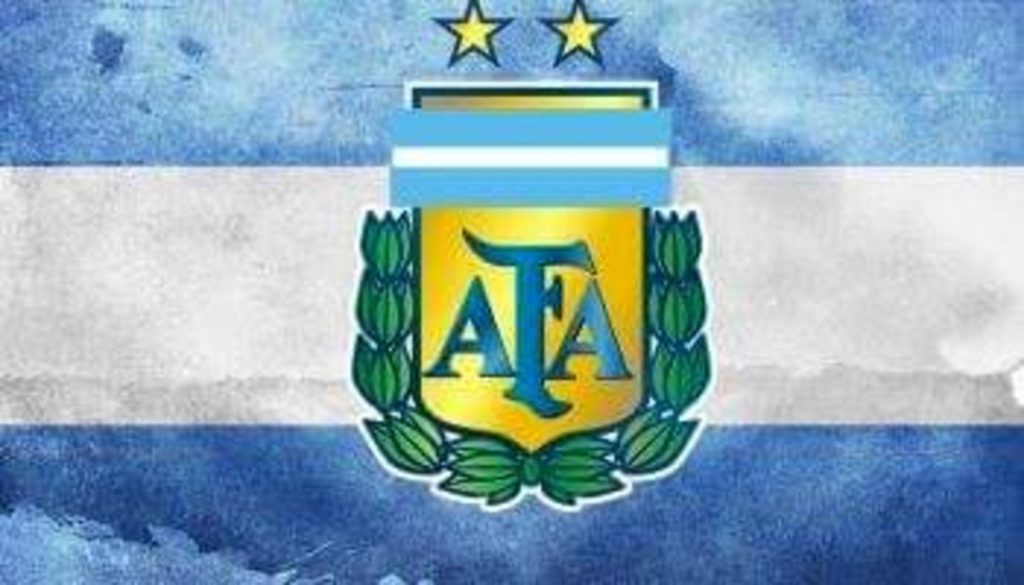In a whirlwind of political upheaval, Argentina witnessed an astonishing turnover of five presidents within a mere twelve-day period in December 2001. This unprecedented event reflected the deep-rooted socioeconomic crisis plaguing the country, which ultimately led to widespread social unrest and economic collapse.
The genesis of Argentina’s political turmoil can be traced back to the early 1990s when the country adopted a fixed exchange rate system pegging its currency, the Argentine peso, to the United States dollar. Initially hailed as a solution to hyperinflation, this policy eventually caused Argentina’s economy to stagnate, exacerbating social inequalities and plunging the nation into a severe recession.
READ ALSO: Who is Thomas Sankara, the Revolutionary Visionary of Burkina Faso?
As the crisis worsened towards the end of 2001, popular discontent grew exponentially. On December 20, following widespread protests and riots, President Fernando de la Rúa resigned amidst the escalating tension. Subsequently, a series of interim presidents followed in rapid succession as power changed hands amidst volatile circumstances.
The five presidents who served during this turbulent period were Ramón Puerta, Adolfo Rodríguez Saá, Eduardo Camaño, Ramón Puerta (again), and finally, Eduardo Duhalde. Each president faced immense challenges while attempting to bring stability to the country, yet their efforts were hampered by the deep-seated structural issues and lack of public trust.
The trigger for this political convulsion was the implementation of strict austerity measures by the government in an attempt to secure International Monetary Fund (IMF) support. These measures included freezing bank accounts, limiting cash withdrawals, and imposing further economic restrictions, all of which further ignited public anger and fueled the protests.
Ultimately, the rapid succession of presidents showcased Argentina’s deep-rooted economic and political instability. The 2001 crisis was a turning point in the nation’s history, prompting significant transformations in policy making and setting the stage for future economic reforms and political recalibrations in Argentina.


One Reply to “How Argentina Had Five Presidents in 12 Days in 2001”